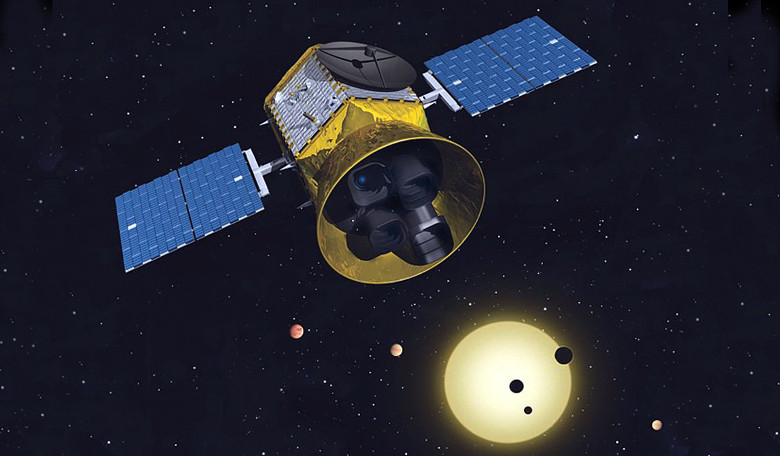2017 was a remarkable year for all things astronomical and for the rocket and satellite industry.
We said a sad farewell to one of the most distinguished planetary missions of our time - Cassini. However we also said hello to the first interstellar visitor from another system as it passed briefly through our solar neighbourhood. Hoping to do for Jupiter what Cassini did for Saturn, Juno continues to make exciting discoveries about the Solar Systems largest planet after its five-year cruise to the gas giant.
Planets galore were found, including the discovery of seven new Earth-size planets located in the TRAPPIST-1 system and the second closest temperate planet to Earth after Proxima b. With the help of AI, researchers also discovered an eighth planet in the Kepler 90 system, making it the only other known system to contain eight planets like our own.
LIGO’s continued discoveries included the first detection of a neutron star merger and scientists surmise that our Universe might have had a collision with another bubble universe after a 'cold spot' anomaly was found in the cosmic microwave background (CMB) radiation.
The Asgardia space nation has its first ‘territory’ in orbit around Earth following the launch of its Asgardia-1 satellite in November and Zero 2 Infinity successfully launched its first rocket from the edge of space by hitching a ride on a balloon. Meanwhile India catapulted itself into the spaceflight history books by successfully launching 104 satellites on a single mission.
It was also a big year for collaborations. Russia and China announced plans to draw up a program of space cooperation for 2018-2022, that would see the two space-faring nations working together in areas such as the exploration of the Moon. Australia and ESO on the other hand announced their own strategic partnership and hoping to boost tourism on the Red Sea, the Virgin group disclosed their partnership with Saudi Arabia in a deal worth $1 billion.
Individually, other countries sought to to boost their space industry with sizeable investments, such as Canada and the UK, while Japan launched its first privately developed rocket.
So what is there to look forward to in this next year? Well, it is going to be a very busy year for NASA! NASA’s Transiting Exoplanet Survey Satellite (TESS) which is designed to detect small rock-and-ice planets orbiting a diverse range of stellar types and covering a wide span of orbital periods is also due to launch on a Falcon 9 rocket sometime in March and its InSight Mars Lander is slated for a May 2018 launch date and arrival on Mars in November 2018. Insight (Interior Exploration using Seismic Investigations, Geodesy and Heat Transport) is being sent to Mars to study its deep interior by looking far below the Red Planet’s surface.
The space agencies Parker Solar Probe – the first-ever mission to "touch" the sun – is set for launch in the summer, and after making its closest approach to Earth earlier this year, NASA’s OSIRIS-REx mission is on course to rendezvous with near-Earth asteroid Bennu in August.
Later in the year, an ambitious, multi-spacecraft mission to study the least explored planet in our Solar System – Mercury – is scheduled for lift-off in October. Known as BepiColombo, the joint ESO and JAXA mission is made up of two spacecraft, the Mercury Planetary Orbiter (MPO) and the Mercury Magnetospheric Orbiter (MMO), and it is due to reach its destination in 2025.
Nearer to home, the deadline is looming close for the last remaining participants of the Google Lunar X Prize. Who, if any, will fulfil their mission by putting a lander on the lunar surface by 31 March? Someone else with his eye on the Moon is Elon Musk, who earlier last year announced plans to launch a commercial flight carrying two crew members to the Moon. If you have a spare $58 million plus, then get your tickets now before the last seat goes.











